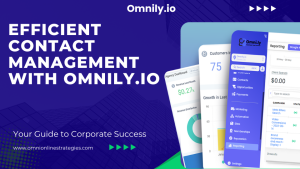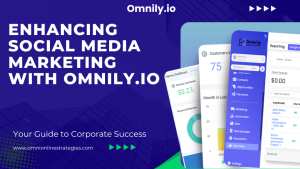To effectively upsell your products and services, it is crucial that you have a deep understanding of what you’re offering to your customers. This requires not only knowledge of the benefits, features, and price points of each item, but also a keen understanding of your customers’ needs and preferences.
To start, it’s important to understand the benefits that each product or service offers. What problems does it solve? What needs does it address? By understanding the benefits, you can better communicate the value of the product or service to your customers. For example, if you’re selling a premium skincare product, you might highlight the benefits of the high-quality ingredients, the long-lasting effects, and the potential for improved skin health.
Next, you’ll want to familiarize yourself with the features of each product or service. What sets it apart from similar offerings on the market? What specific features make it unique or valuable? By understanding the features, you can better address any questions or concerns that your customers may have, and you can also better demonstrate how the product or service can meet their needs. For example, if you’re selling a software product, you might highlight the user-friendly interface, the powerful analytics tools, or the customizable reporting options.
Finally, you’ll need to be knowledgeable about the price points of each item. This doesn’t just mean understanding the cost to your customers, but also understanding the value that they are getting for their money. By understanding the price points, you can better communicate the benefits and features of the product or service in relation to the cost, and you can also better address any objections or concerns that your customers may have about the price. For example, if you’re selling a high-end luxury item, you might highlight the quality craftsmanship, the exclusive design, or the prestige associated with owning the item.
Ultimately, to effectively upsell your products and services, you need to have a deep understanding of what you’re offering, how it addresses your customers’ needs, and what value it provides. By communicating this information effectively, you can help your customers make informed decisions about their purchases, and you can also help them feel confident and satisfied with their choices. So take the time to familiarize yourself with your products and services inside and out, and use this knowledge to help your customers get the most out of their shopping experience.








